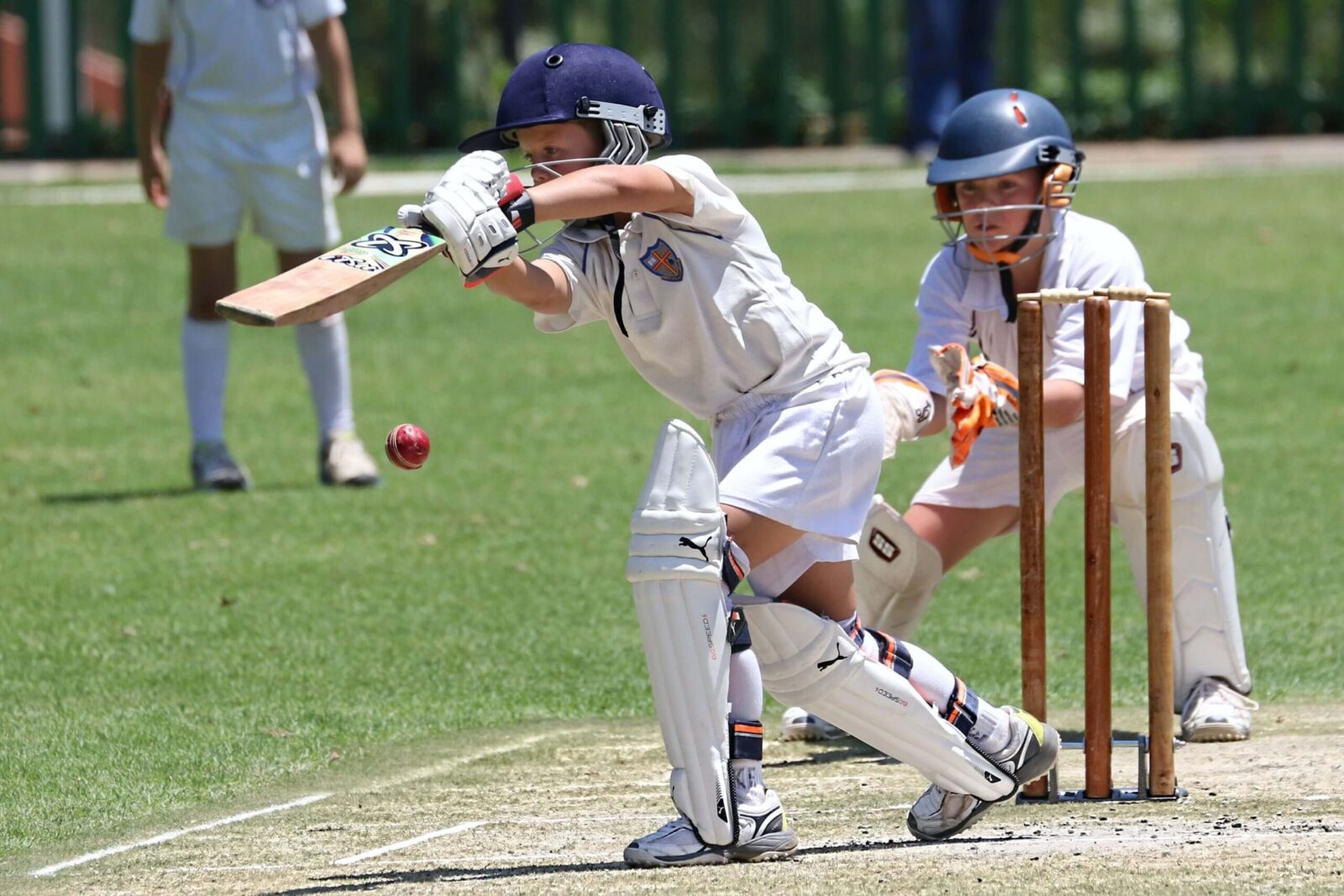“Mastering the Art of Reverse Swing: Decoding the Invisible Wizardry”
Whenever we talk about cricket and especially red-ball cricket. Reverse swing is the main weapon in the archery of a fast bowler. When we say especially in red-ball cricket it means a longer version of cricket. The main part of the reverse swing is the older ball that’s why in shorter formate like the t-20 reverse swing is not visible at large.
Exploring the mystical world of reverse swing and its impact on the game of cricket.
As we said in the introduction reverse swing has a great part to play in the longer version of the game.
In white ball cricket 50 over match generally we observe reverse swing starts after 30 overs. Now, as the rules of the game have changed in one-day cricket. It is compulsory to change the old ball after 40 overs that is the reason reverse swing is not seen too much in one-day cricket. That is the reason in the last overs batsman score freely.
In comparison in a five-day match, a team has to bowl 90 overs with one ball and even more.
That is why in test cricket reverse swing plays an important part.
Unveiling the secrets behind the enigmatic skill that leaves batsmen bewildered.
In General, when a bowler bowls a new ball or bit older in its original shape and the ball moves after pitching instead of going in its direction straight. If the ball is coming towards the batsman it’s called inswing and if the ball swings away from the batsman it is called out-swing. In this swing, the bowler’s wrist is important and seem of the bowl.
Whereas, in reverse swing, we have to work on the ball and take care of it to swing. The older ball is necessary for this type of swing. But the whole team has to care about the ball. Players intentionally keep one side of the ball rough and the other side shiny, which helps to move the ball in the air.
The difference between conventional and reverse swing is that the batsman has very little time to react against the reverse swing as the ball swings late in the air. .whereas, in conventional swing batsman, can pick the swing from the hands of the bowler and adjust accordingly.

A deep dive into the lesser-known nuances and techniques that go into bowling reverse swing.
- Take care of the ball by every player on the field.
- Keeping one side of the ball rough and the other as shiny as possible makes the ball unbalanced.
- Ground is also important. On rough grounds its more chances of reverse swing the green grounds. Generally in Asian countries, and even in Australia we see more reverse swing due to weather conditions that’s why Asian players are more skilled in this art.
- Weather is also important, if the weather is sunny then there are more chances of reverse swing
- The speed of the bowler is very important, if you prepare a ball for reverse swing and don’t have enough you won’t be able to reverse swing. To get maximum swing bowlers need to pitch the ball up as possible. When a bowler ball with speed and pitch the ball up there are maximum chances of getting the ball swing in the air which gets hard for the batsmen to pick. If we look at the list of bowlers who mastered this art their average speed is near 90. Waseem Akram, Waqar Younis, Shoaib Akhtar, Andrew Flintoff, James Anderson, etc.

List of Top fast bowlers fully skilled with the art of bowling reverse swing
Sarfraz Nawaz and Imran Khan were indeed pioneers in the art of reverse swing. Here is an updated list of the top fast bowlers in cricket who are known for their mastery of reverse swing, including Sarfraz Nawaz and Imran Khan:
1. Wasim Akram (Pakistan): Widely regarded as the greatest exponent of reverse swing, Wasim Akram had impeccable control over his bowling. His ability to generate incredible movement with the old ball made him a nightmare for batsmen.
2. Waqar Younis (Pakistan): Partnering with Akram, Waqar Younis formed a lethal combination. He was known for his ability to generate reverse swing at high speeds and was often referred to as the “Burewala Express”.
3. Glen McGrath (Australia): McGrath was not only one of the greatest fast bowlers but also possessed exceptional skills in wielding the reverse-swinging ball. His accuracy and consistency were key attributes that helped him master this art.
4. Sarfraz Nawaz (Pakistan): Often credited as one of the originators of reverse swing, Sarfraz Nawaz played a pivotal role in developing this technique.
5. Imran Khan (Pakistan): Besides being a great all-rounder and Pakistan’s legendary captain, Imran Khan was an astute practitioner of reverse swing during his playing days.
6. James Anderson (England): Known for his immense talent and unrivaled skill, Anderson has been successful in swinging the ball both ways at high pace. He has consistently used reverse swing to bamboozle batsmen around the world.
7. Dale Steyn (South Africa): Renowned for his raw speed and aggression, Steyn developed into a formidable exponent of reverse swing during his career. His mastery of this skill contributed to his success against some of the best batting lineups.
8. Shoaib Akhtar (Pakistan): Known as Rawalpindi Express Shoaib Akhtar is the fastest bowler in the history of the game till date. As he was quick, he become more deadly while bowling in the last overs due to reverse swing.
9. Mitchell Starc (Australia): Starc possesses remarkable skills when it comes to generating intense reverse swing. With blistering pace and deadly accuracy, he has proven himself as a match-winner on multiple occasions.
10. Mohammad Amir (Pakistan): Coming into prominence at a young age, Amir showcased incredible control over swinging deliveries with both new and old balls. Despite controversies surrounding his career, there is no denying his talent in using reverse swing effectively.
11. Stuart Broad (England): Broad has mastered various nuances of seam and swing bowling throughout his career, making him a potent weapon for the English side. His ability to extract reverse swing has troubled many top-class batsmen.
12. Trent Boult (New Zealand): With his smooth left-arm action and an ability to generate late movement, Boult has become one of the finest exponents of reverse swing in recent years. He consistently poses a threat to the opposition batsmen.
Please note that this is a subjective list based on popular opinion. There are many other talented bowlers who have been exceptional in their use of reverse swing in cricket over the years.



One thought on “How to bowl reverse swing in cricket with perfection.”